The Tao of Wellness Coaching: Part Two – Practical Applications
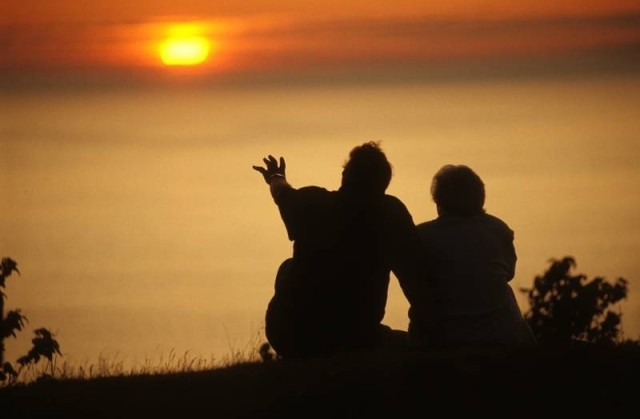
When the best leader's work is done the people say 'We did it ourselves.' Lao Tzu
In Part One - In the previous post "The Tao of Wellness Coaching – Part One - What Centers Us?" http://wp.me/pUi2y-lN we grounded ourselves in the history and context of The Tao and the concept of Centered Coaching. We examined how relevant the practice of Tai Chi can be.
Essential Concepts
Effective wellness coaching is, inherently, very much in harmony with the Tao. Let’s look at two key Taoist concepts and how they apply to wellness coaching.
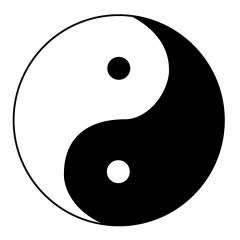 Yin-Yang Balance
Yin-Yang Balance
Fundamental to Taoist thought and foundational to Chinese Medicine is the concept of Yin and Yang. These are the polar opposite, yet complementary, forces of the world that, for health and wellbeing to exist, must be in balance. The Yang forces are active, positive, hot, overt, masculine, light, and hard. The Yin is passive, yielding, negative, cool, quiet, feminine, dark, and soft. In the classic symbol the Yang rises to the top and is represented by the light area with the black dot in it, while the Yin sinks to the bottom and is represented by the black area with the white dot in it.
The key is to understand that the two are opposite, yet interdependent, complementary and interconnected. When we experience having too much of one and not enough of the other, we experience dysfunction whether it is at the physical, psycho-emotional or behavioral and practical level. Regaining balance becomes the return to a level of healthy homeostasis.
As coaches work with clients to achieve a wellness lifestyle the goal of achieving a healthy balance is paramount. We must rest, but not become lethargic. We must move and exercise, but not to the point of exhaustion and fatigue. We must find a way to take in sufficient calories, but find the right level for our optimal health, etc.
As coach and client co-create a wellness plan the concepts of Yin and Yang can be very useful. Our culture tends to reinforce and promote the Yang forces while not supporting those of the Yin. We are urged to be productive, work hard, play hard, achieve, accomplish, try harder and push. Seldom are we reinforced, much less accommodated for self-care activities such as getting adequate sleep, relaxing, taking time to get a massage, meditate, or enjoy our leisure. In fact, we may face criticism for such ‘indulgence’.
Many components of a wellness plan involve greater frequency of self-care activities. As clients look at their health and wellbeing through a more holistic lens, they often see the value of taking more time to meet these needs to balance their lives. Often these same clients have been admonished by their healthcare providers to engage in more self-care activities in order to improve their health. Many times wellness coaches work with clients who have been foregoing their medical self-care, such as taking time to do self-testing (e.g. diabetes), following up on medical appointments, doing rehabilitation exercises, etc. Instead they have been consumed and distracted by the Yang-style demands of their work, and their own belief systems.
When wellness coaches work with their clients to construct ways to manage stress more effectively, they are inevitably working to achieve Yin-Yang balance. Without ever speaking of the terms (Yin and Yang), we might consider how all actions possess either Yin or Yang energy and help our clients to decide how much to include in their lives. There may be great stress management wisdom in exploring strategically with our clients when it is best to push, and when to yield.
At a fundamental level our clients are often in a state of ambivalence about change that displays the push-pull of Yin and Yang forces. Should I, the client, change my way of living, or not change? When we really examine the ambivalence resolution methods of Motivational Interviewing (MI) we can see a Taoistic stance taken by the therapist or coach. The coach does not “pull” for one path to be taken over the other. Instead, they neutrally allow the client to explore and experience both energies; change and no change. The coach using this MI approach remains as centered and non-judgmental as possible helping the client to weigh the pros and cons (again a Yin/Yang process).
Wu Wei – Effortless Effort
Living in harmony with the Tao is about letting nature take its course and not interfering with the natural order of things. The concept of Wu Wei conveys the idea on ‘non-doing’, ‘non-action’, or ‘non-intervention’. This concept seems antithetical to Western thinking. In Western culture we are taught to make things happen. In Western Medicine the expert seeks to find the best intervention and implement it as soon as possible. To accomplish a desired outcome by ‘allowing’ things to simply be and progress on their own seems either too slow or doomed to failure. Yet think for a moment. Have you ever needed to relax and unwind and the harder you tried to do so, the more anxious and tense you got? There is only one way to relax; you have to allow yourself to do so. When we intervene medically to treat a wound, the actual healing that follows is something we have to patiently allow to happen.
 Wu Wei is perhaps best thought of as living in a state of effortless harmony and alignment with the natural cycles and ways of nature. We are truly ‘going with the flow’, and able to respond to whatever comes our way. As coaches allow such a way of being our ability to ‘dance in the moment’ is maximized. We aren’t there to intervene, to fix things. We are not attached to a therapeutic agenda, to a treatment-oriented course of action. The client is in the lead and we are able to effortlessly dance with them.
Wu Wei is perhaps best thought of as living in a state of effortless harmony and alignment with the natural cycles and ways of nature. We are truly ‘going with the flow’, and able to respond to whatever comes our way. As coaches allow such a way of being our ability to ‘dance in the moment’ is maximized. We aren’t there to intervene, to fix things. We are not attached to a therapeutic agenda, to a treatment-oriented course of action. The client is in the lead and we are able to effortlessly dance with them.
Keeping It Client-Centered
At the heart of all coaching is the client-centered approach. From the psychotherapeutic roots of Carl Rogers this ‘person-centered’ way of interacting has become the basis for the coaching alliance.
“There have been parallels made regarding Carl Rogers’ person-centered theory and the way of doing nothing in Taoism (1). Rogers suggested that the most therapeutic counseling occurred when the therapist was authentic and real in the relationship and placed trust in the client to discern what was best for himself without interference from the therapist (2). A central concept of Taoism is doing nothing and being natural. Both Rogers’ theoretical beliefs and Tao philosophy maintain that when these conditions are achieved successfully in therapy, the human organism will develop almost spontaneously (3).”
An excellent review of this is found in “East Meets West: Integration of Taoism Into Western Therapy” by Rochelle C. Moss and Kristi L. Perryman. (4)
Coaches following these principles ‘get themselves out of the way’ and trust in the wisdom of their clients. We see our work as helping to bring forth, or evoke, the inner wisdom of our clients. When we are not attached to rigid protocols, yet operating out of grounded principles and methodology we can serve as guides to help our clients get to where they want to go.
 Coaches and clients walk down a pathway together at night in the forest. The coach’s job is hold the flashlight and illuminate what is before them.
Coaches and clients walk down a pathway together at night in the forest. The coach’s job is hold the flashlight and illuminate what is before them.
The client’s job is to choose how the path will be followed.
Neutrality allows the coach to operate without bias, without their own judgments and prejudices. This allows the client to be in the lead, making their own choices. This is where wellness coaches must adhere to the ethics of coaching and not be promoting their own products or particular courses favorite ways to eat, exercise, and so forth.
The highest virtue is to act without a sense of self
The highest kindness is to give without a condition
The highest justice is to see without a preference
Lao Tzu
Coaches who find value in the concept of Wu Wei see the value in yielding. In Western society yielding is often seen as failure, as giving up. Yet, some of the most storied successes on both Eastern and Western battlefields came because of strategic retreat. In wellness coaching this may take the form of allowing a client to set their own levels of accountability. For example a client may state that they can perform a certain behavior, such as walking, five times in the coming week. The coach may suggest that going from not exercising at all to doing so five times a week may be less likely to be successful. The client insists that they can hit this target of 5x/wk. The patient coach then allows the client to go ahead with their experiment rather than argue and let the client experience what the Adlerian psychologists would call natural consequences.
The power of yielding may also be something for our clients to discover. Often people approach situations with only one option in mind; to win! The wise person approaches any situation wanting to have all options at their disposal. In dealing with conflict, in managing stress, the option of yielding often pays off better than pushing for one’s initial desires.
At the heart of both the coaching process and Maslow’s theories of self-actualization and personal growth is the principle stance that human beings are inherently moving towards health and wholeness. With barriers removed and balance achieved, people will naturally make progress towards their highest good. The continually accumulating evidence from the Positive Psychology research substantiates this position. Such a way of looking at human beings and their experience in life is in complete alignment with Taoistitc principles of the interconnectedness of all things, synchronicity and the let it be attitude of Wu Wei.
The Centered Wellness Coach
Drawing upon what may be called “Philosophical Taoism” as opposed to any kind of religious or institutional Taoism, the wellness coach can find wisdom that does not necessarily contradict any other beliefs they, or their client may have. What we find is real alignment with the principles of growth and self-actualization that form the foundation of the wellness field. What we also find are very practical guidelines for practicing as an effective coach.
1. Practice What Centers You In Your Life
The wellness of the coach is the foundation all else is built upon. When we embrace whole-person wellness that includes, body, mind, spirit and our relationship with our environment, we practice a lifestyle that moves us towards optimal functioning. The key here is the word “practice”. Coaches are usually very caring people who place the needs of others far above their own. That can easily result in a lack of self-care, a neglect of the very well-living practices that we encourage in our clients. Find what “centers” you and practice it with regularity. Connect with friends, read novels, garden, hike, bike, walk, dance, meditate, do Yoga, Tai Chi, go fishing, enjoy your grandchildren, play with your photography or poetry, pray, volunteer at a non-profit, scrapbook, quilt, take your neighbor’s child for a day in the park. Do whatever gets your healthy needs met and gives you meaning and purpose.
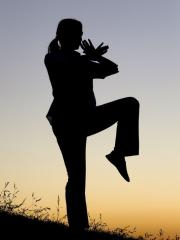 When you get knocked off-center, accept how this is simply part of the normal human experience. The centered person does not tip-toe through life like they were on a balance beam. The idea is that of reducing our “center-recovery time”. If we are practicing what centers us in our lives we can come back to center more quickly.
When you get knocked off-center, accept how this is simply part of the normal human experience. The centered person does not tip-toe through life like they were on a balance beam. The idea is that of reducing our “center-recovery time”. If we are practicing what centers us in our lives we can come back to center more quickly.
2. Practice effortless effort.
The primary mistake I notice when I observe coaching students who are learning the craft, is that they work too hard. The coach is working much harder than the client. When coaching does not go well it is usually when the coach is trying to make things happen. The coach is busy “fixing” the situation and/or the client, instead of facilitating the client doing their own work. The coach is busy attempting to convince or persuade the person to be well. The centered coach is patient.
3. Embrace Paradox
By trusting their coaching methodology, and by trusting their client the coach is able to offer a “coaching presence” that is: calm, yet lively; supportive, yet challenging; accepting and nonjudgmental, yet discerning; empathic, yet not colluding; compassionate, yet firm. Again, it is from this centered “stance” that such paradox can exist.
4. Know When To Push And When To Yield
We have a culture obsessed with “interventions”, with taking action. The Tao teaches us that there is a time for both action and non-action. I’ve observed coaches attempting to appear “powerful” by pushing for action whether the client is “ready” or not. When we use Prochaska’s Readiness For Change Theory we are actually acknowledging the reality of the energetic state our client is in. An old Gestalt Therapy expression is “Don’t push the river”. But, we also know the need to paddle when we are in a dead-calm lake! There is a time in coaching to forward the action through request. The Tao is as much about taking action as it is about pivoting and moving with no resistance. Again, the coaching metaphor of “dancing in the moment” means know when to push and when to yield.
5. An Effective Wellness Plan Is About Balance
A well-crafted wellness plan, co-created with our client would resemble the Yin/Yang symbol of Taoism. Ideally there would be as much involvement in active steps to build energy and there would be for more passive steps to help one relax, restore energy and achieve more balance. One side would balance out the other.
The reality is that as coaches we have been practicing The Tao of Wellness Coaching all along whether we called it that or not. Taoistic principles have already been infused in psychology, psychotherapy, business, leadership and more. Being more conscious in their application expands the coach’s repertoire of options and helps them nurture their own wellness as well.
References
1. Hermsen, E. (1996). Person-centered psychology and Taoism: The reception of Lao Tzu by Carl C. Rogers. The International Journal for the Psychology of Religion, 6(2), 107 – 125.
2. Hayashi, S., Kuno, T., M
orotomi, Y., Osawa, M., Shimizu, M., & Suetake, Y. (1998). Client- centered therapy in Japan: Fujio Tomoda and Taoism. The Journal of Humanistic Psychology, 38(2), 103-124.
3. Hayashi, S., Kuno, T., Morotomi, Y., Osawa, M., Shimizu, M., & Suetake, Y. (1994). A reevaluation of client-centered therapy through the work of F. Tomoda and its cultural implications in Japan. Paper presented at the Third International Conference on Client-Centered and Experimental Psychotherapy, Gmunden, Austria.
4. Rochelle C. Moss and Kristi L. Perryman
“East Meets West: Integration of Taoism Into Western Therapy”
https://www.counseling.org/resources/library/vistas/vistas12/Article_33.pdf taken from web 1.13.17)
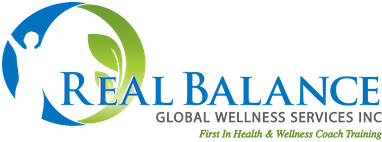

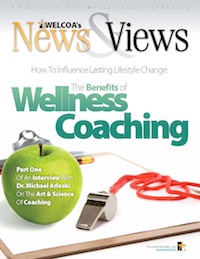
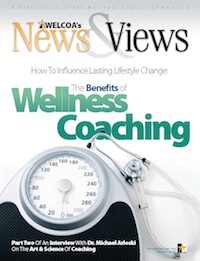


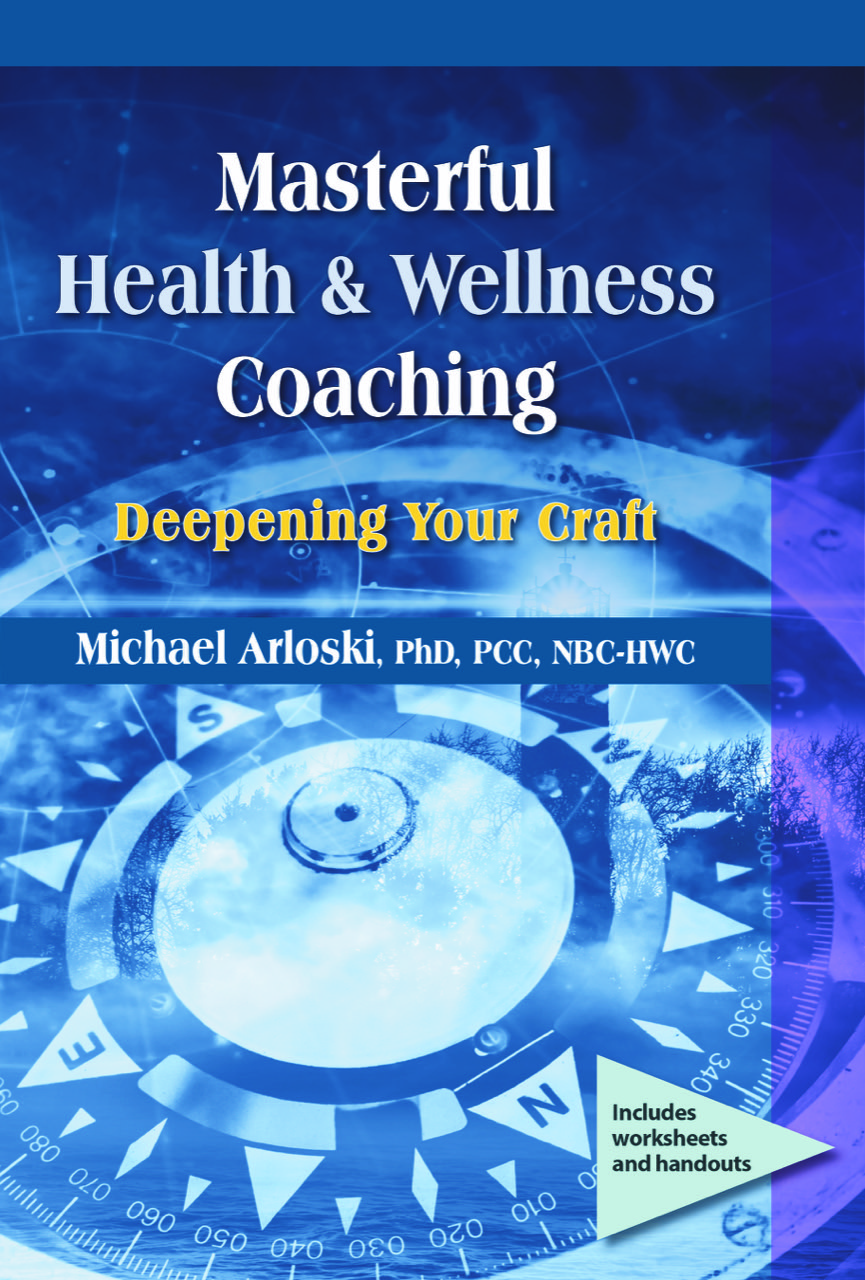

Only registered and logged in readers can leave comments.